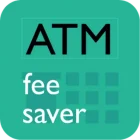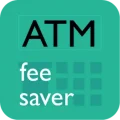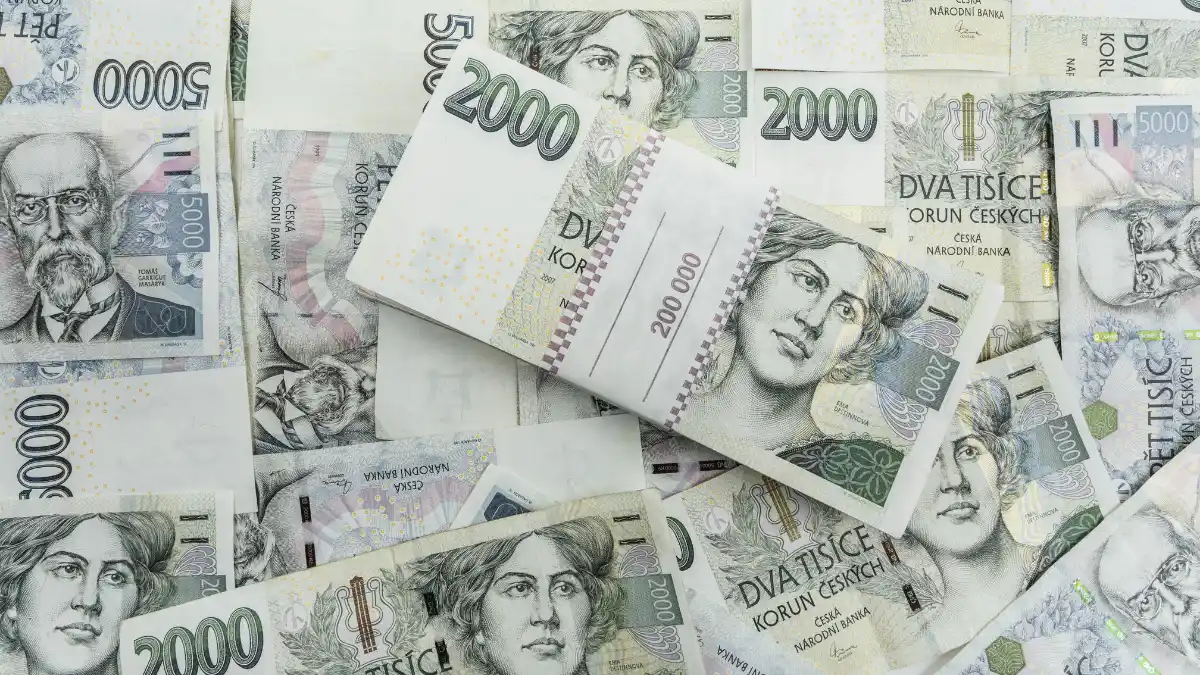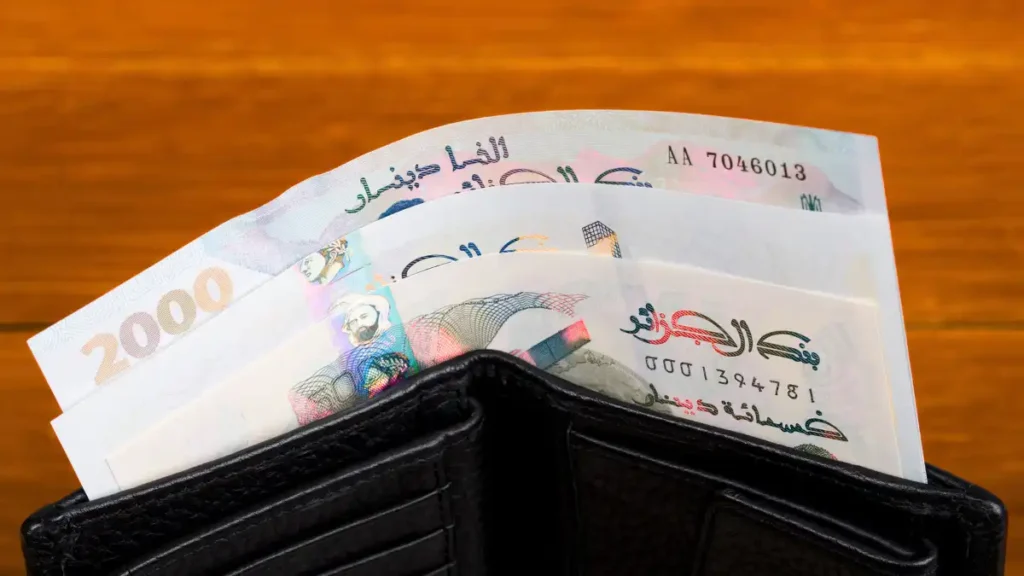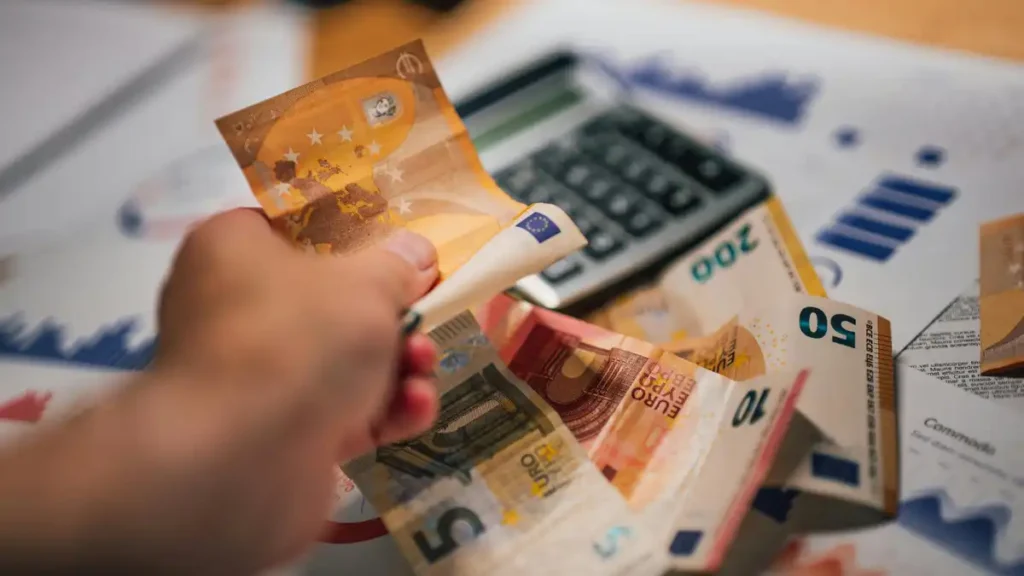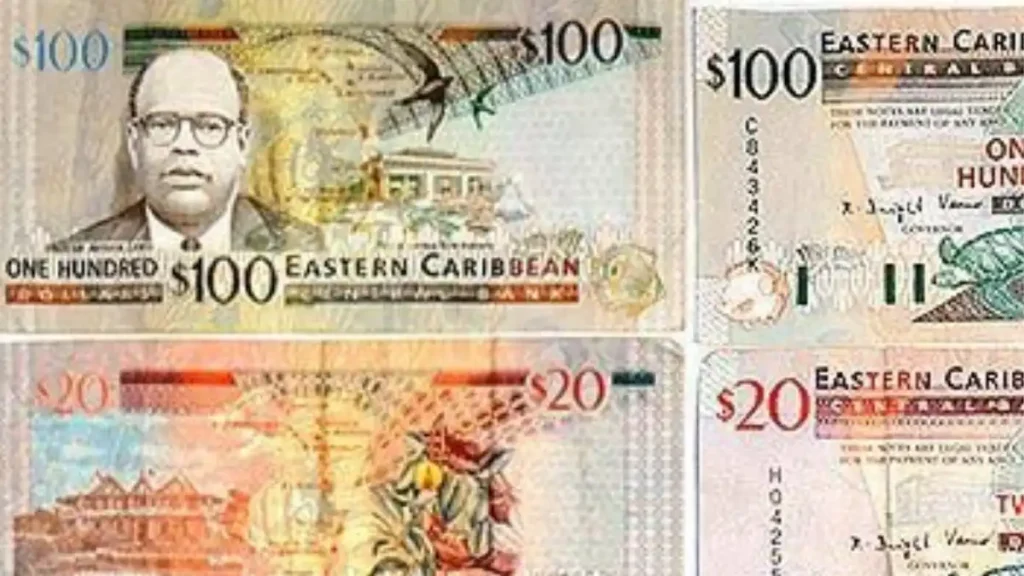Czech Republic offers a dynamic mix of Gothic architecture, lively beer gardens, and medieval towns-but understanding money in Czech Republic is crucial to avoid headaches. The country uses the Czech koruna (CZK), not the Euro, and cash is widely preferred in many day-to-day transactions-especially in smaller towns, transport kiosks, and traditional eateries. While cards are accepted in most urban areas, you’ll often need exact change or low denominations elsewhere. Currency exchange rates vary, and some exchange offices near tourist areas can be deceptive. This guide walks you through how to get and use currency in Czech Republic safely and smartly.
How to pay in Czech Republic – cash or card?
A mix of spending styles works best for many. Even with cards accepted at many places, cash comes into play for about 50-60% of purchases.
You can use cash for:
- Budget hotels (especially in rural areas or small towns)
- Hostels
- Local tour operators
- Tips and gratuities (especially in smaller venues)
- Street food
- Small eateries / restaurants (non-touristy places)
- Sit-down restaurants (outside Prague)
- Small purchases
- Local expenses at convenience stores, open-air markets
- Local buses (in smaller cities, some require coin-operated tickets)
- Local taxis (cash often preferred)
- Mobile SIM and phone top-up (many kiosks)
- Laundry services
- Tailoring services
- Nightlife / bars (especially student or casual pubs)
You can use card for:
- 4 and 5 star hotels
- Large tour operators
- Shopping at malls and supermarkets
- Entry fees to museums, castles, historical sites
- Airport transport (airport buses, taxis, express rail)
- Sit-down restaurants (in Prague and tourist zones)
- Upscale restaurants
- Online bookings for upscale hotels, flights, tours
- Spas
- Vehicle renting
- Emergency medical clinics / pharmacies
- Local trains (Czech Railways and city metros)
- App-based taxis (Bolt, Uber)
Czechia is increasingly card-friendly, especially in Prague and larger cities. However, cash is still commonly used, especially in markets or smaller venues. The currency is the Czech Koruna (CZK).
What’s the best currency to take to Czech Republic?
Czech Republic mainly accepts its local currency Czech Koruna (CZK or Kč). Don’t be shocked with notes like Kč 100, 200, 500, 1000, 2000, and 5000! These are denominations but their value is lower compared to the US Dollar, Euro or Pound.
US Dollar: You can use US Dollars in some touristic areas only at specific places like some hotels or large tour operators. But if you pay in US Dollar and not in Dong, exchange rate in these payments will be poor. So pay in Quetzal unless you like losing a lot of money!
So, Czech Koruna is the best currency to take to Czech Republic.
Where to get the local currency in Czech Republic?
In Czech Republic, you can get the local currency in 3 ways. These are:
ATMs, or
Currency exchange
Money transfer and local pick-up
Pro-tip: Avoid buying Czech Koruna (CZK or Kč) in your home country. It’s not a popular currency so it’ll be hard to find at home and if you do, the exchange rate will be poor.
Types of cards to swipe in Czech Republic
Visa and Mastercard transactions are commonly accepted for swiping. You might also find some places that accept Amex and other cards, albeit less frequently.
Types of cards at ATMs
When withdrawing money in Czech Republic, majority of the ATMs will accept Visa, Mastercard, Cirrus, and Plus and Maestro cards. Some of them JCB, UnionPay, Discover and Diners cards. Cards such as Amex, Rupay are not usually accepted by many ATMs.
Should I exchange money before travelling to Czech Republic?
It’s advisable to bring a small amount of Czech Koruna (CZK) for immediate expenses like public transport, snacks, or tips. While many foreign banks may offer CZK, the exchange rate is usually less favorable, and availability can be limited outside Central Europe.
A practical option is to withdraw CZK from ATMs upon arrival. ATMs are widely available in Prague, other major cities, and airports. Most machines accept Visa, Mastercard, Cirrus, and Plus cards. Confirm your bank’s international withdrawal fees beforehand.
When exchanging foreign currency, use licensed exchange bureaus or banks in the city, not airport kiosks or tourist-heavy zones, which may have high commissions or poor rates. Always check for hidden fees and verify the rate before confirming a transaction.
While cards are accepted in hotels, restaurants, and shops in urban areas, cash is still commonly used-especially in local markets, rural regions, and for small purchases. Carrying a mix of CZK cash and international cards is highly recommended.
Where to withdraw money
The best ATMs for foreigners to use in Czech Republic are those owned by popular banks such as:
- CSOB
- Ceska Sporitelna
- KB
- Unicredit
- Raiffeisen
- Fio Banka
There are other banks with ATMs that also accept international debit and credit cards.
Global ATM alliance: Global ATM Alliance is a partnership among many banks in the world to allow its customers to withdraw cash from all partner banks abroad without any ATM fee. Many banks in the US, UK, Europe, Australia, and Latin America are part of the Global ATM Alliance, including Bank of America, Barclays, Deutsche Bank, and others. BUT, there is no local bank in Czech Republic part of this network. So don’t rely on this.
For a detailed guide, read Cash and ATMs in Czech Republic.
Discover fee-free and low-fee ATMs on the ATM Fee Saver mobile app for iOS and Android. This app provides ATM PINs and details of leading bank ATMs such as ATM fees and withdrawal limits for foreign cardholders at ATMs in Czech Republic. Moreover, its simple fee calculator helps you determine exact withdrawal charges. You can also find cash tips and tricks on the app for 160+ countries including Czech Republic.
Download now from the App Store or Play Store.
Where to exchange currency in Czech Republic
In Czech Republic, you can exchange currency at authorised currency exchanges, banks, airports, and hotels, the most popular being authorised currency exchanges.
Currency exchange in the Czech Republic is best done at licensed bureaus, often labeled “Směnárna” in Czech. These offices are common in city centers, especially in Prague, and offer better rates than airport kiosks or hotels.
Top exchange spots:
Prague: Wenceslas Square, Na Příkopě Street, and close to Old Town Square
Brno and Český Krumlov: City centers and shopping zones
- Notable currency exchanges are:
eXchange.cz and
Chequepoint.
- Banks Offering Currency Exchange:
Česká spořitelna
Komerční banka
ČSOB
Raiffeisenbank
Banks typically offer competitive exchange rates and are open Monday to Friday, from 9:00 AM to 5:00 PM.
💡 Tip: Avoid exchange offices that advertise “0% commission” but use unfavorable rates. Always ask the exact amount you’ll receive before confirming the transaction.
Pro-tips:
Stay away from airport exchanges – Poor rates
Avoid the black market – Be wary of being conned.
Include fresh notes – If your notes are damaged or dirty, you can expect to pay more or less.
Is carrying money in Czech Republic safe?
Carrying cash in the Czech Republic is generally safe, but avoid carrying large amounts unnecessarily. To safeguard your cash:
Some safety tips for carrying cash while travelling in Czech Republic are:
Carry only the cash you need.
Do not keep all the cash in one pocket or wallet.
Put some cash in a safety belt or fanny pack.
Do not flash your cash.
When paying, do not remove or display your entire cash.
Keep wallets preferably in front pockets.
Cross-wear your purses if possible.
Hold your purses, wallets and bags close and tight on crowded streets and in public trains and buses.
When withdrawing cash, keep the cash low while you count it so people around don’t see it.
If you’re dining alone, don’t leave your wallet / bag unattended while you go to the restroom.
If sitting outdoors in a restaurant, don’t leave your wallets / bags on the table.
Is it better to use debit or credit cards or pay by cash
Use a card if it is fee-free i.e. your bank does not charge any fees to swipe the card, when the merchant / POS also does not impose any extra charge to use a card, you need to use the insurance of the card, don’t want to block cash of large purchases and card’s swipe fees are lower than withdrawal fees.
Pay by cash by withdrawing cash from ATM or exchanging currency where – fees on ATM withdrawals are lesser than fees on swiping cards, you don’t want to leave any digital footprint of your expenses, it is convenient and easier to conduct transactions.
